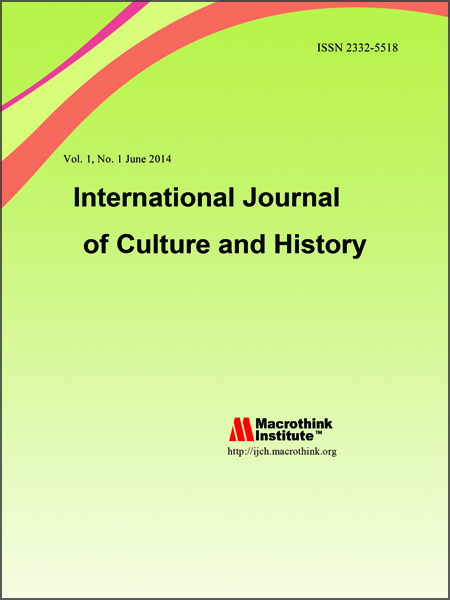Ordination of Selected Traditional Japanese Gardens, Traditional Chinese Gardens, and Modern Chinese Gardens
DOI:
https://doi.org/10.5296/ijch.v8i1.18250Abstract
Designers and academics are interested in the characteristics, differences, and similarities between built environments such as garden types. This investigation aims to examine the ordination of traditional Japanese gardens in Kyoto, the classical Chinese gardens in Suzhou and the modern Chinese gardens in Xiamen. A hundred and thirty-four variables were selected for the ordination. According to a Principal Component Analysis (PCA) ordination, the first three principal components covered 70.77 percent of the sample variance: the first principal component (traditional Asian values to non-Asian dimension) and second principal component (a complexity to simplicity dimension) divides the gardens into three identifiable groups; the first and the third principal component (a hardscape to softscape dimension) indicates the similarities of traditional Japanese gardens and classical Chinese gardens; the second and third principal component implies the similarities of traditional Japanese gardens and modern Chinese gardens.

